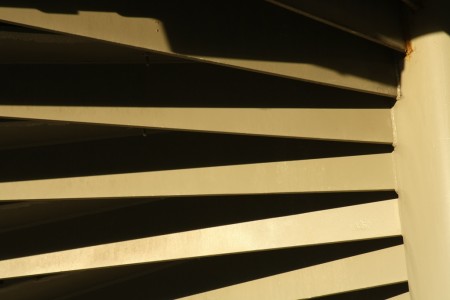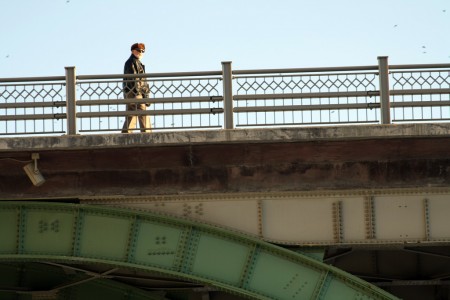
People reading this blog might get the mistaken impression that I am fiercely opposed to carbon capture and storage (CCS) technology. That is definitely untrue. There are few things that would be more helpful than safe, cheap, and effective CCS. It would ease the transition to a zero-carbon global economy, and it would allow for the actual removal of CO2 from the atmosphere, through the growing and burning of biomass.
All that said, it is deeply inappropriate for planners to count emissions reductions from anticipated future CCS in their plans, as the government of Alberta has done to an extreme extent. The technology is in its infancy. Indications to date suggest that it will not be as cheap as its biggest boosters hope. It may not be able to store carbon permanently or safely. Carbon capture certainly cannot do anything to mitigate emissions from mobile sources, making fossil fuel operations that generate fuels for them problematic.
On the basis of these concerns, I suggest that the following elements are important in any responsible consideration of CCS, from a public policy standpoint:
- Emissions reductions from CCS should not be estimated until information on the costs and effectiveness of commercial operations are known.
- It should not be assumed that CCS will allow high carbon activities such as burning coal or harvesting the oil sands to continue.
- While some public funding for CCS may be justifiable (especially investigations into using it with biomass fuels), industry groups that are predicting heavy usage of the technology should bear most of the development and implementation costs.
- CCS doesn’t make coal ‘clean.’ Even if it reduces CO2 emissions by 80-90%, coal will still be a climatically unsustainable technology. There are also a large number of environmental hazards associated with coal mining, coal ash, and so forth. Coal will probably never be clean, and will certainly never be clean just because it has CCS bolted on.
- Likewise, CCS cannot redeem the oil sands.
- We must develop alternative plans, in case CCS proves to be ineffective, unsafe, or unacceptably expensive.
As I have said before, we are in the Wright Brothers era of CCS technology, and it is far too soon to project whether it will be an important stabilization wedge or an expensive flop. It is definitely too early to be estimating the specific quantities of emissions that will be averted by as-yet-nonexistent technologies at unknown future dates.
If emissions are going to peak and descend to safe levels, we are going to need a lot of stabilization wedges: efficiency, protected and enhanced forests, zero-carbon electricity and fuels, and more. If we want to have a strategy that can survive the failure of a few major initiatives, that means we need extra wedges for contingency. As such, we probably can’t reject technologies like CCS and the increased use of nuclear fission out of hand.





